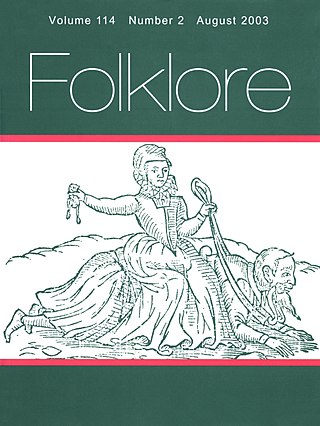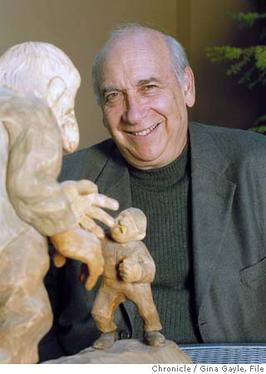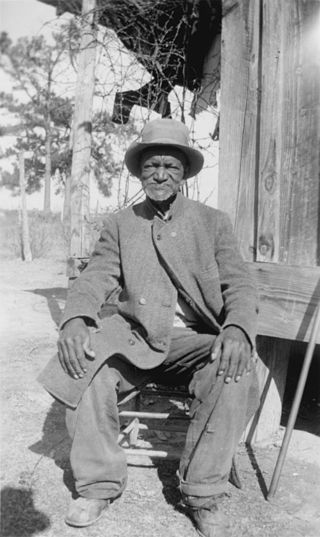
Folklore is the whole of oral traditions shared by a particular group of people, culture or subculture. This includes tales, myths, legends, proverbs, poems, jokes, and other oral traditions. They include material culture, such as traditional building styles common to the group. Folklore also includes customary lore, taking actions for folk beliefs, and the forms and rituals of celebrations such as Christmas, weddings, folk dances, and initiation rites. Each one of these, either singly or in combination, is considered a folklore artifact or traditional cultural expression. Just as essential as the form, folklore also encompasses the transmission of these artifacts from one region to another or from one generation to the next. Folklore is not something one can typically gain from a formal school curriculum or study in the fine arts. Instead, these traditions are passed along informally from one individual to another, either through verbal instruction or demonstration. The academic study of folklore is called folklore studies or folkloristics, and it can be explored at the undergraduate, graduate, and Ph.D. levels.

A legend is a genre of folklore that consists of a narrative featuring human actions, believed or perceived to have taken place in human history. Narratives in this genre may demonstrate human values, and possess certain qualities that give the tale verisimilitude. Legend, for its active and passive participants, may include miracles. Legends may be transformed over time to keep them fresh and vital.

Guy Hughes Carawan Jr. was an American folk musician and musicologist. He served as music director and song leader for the Highlander Research and Education Center in New Market, Tennessee.

Kunio Yanagita was a Japanese author, scholar, and folklorist. He began his career as a bureaucrat, but developed an interest in rural Japan and its folk traditions. This led to a change in his career. His pursuit of this led to his eventual establishment of Japanese native folkloristics, or minzokugaku, as an academic field in Japan. As a result, he is often considered to be the father of modern Japanese folklore studies.

John Avery Lomax was an American teacher, a pioneering musicologist, and a folklorist who did much for the preservation of American folk music. He was the father of Alan Lomax, John Lomax Jr. and Bess Lomax Hawes, also distinguished collectors of folk music.
The folklore of India encompasses the folklore of the nation of India and the Indian subcontinent. India is an ethnically and religiously diverse country. Given this diversity, it is difficult to generalize the vast folklore of India as a unit.

Folklore studies is the branch of anthropology devoted to the study of folklore. This term, along with its synonyms, gained currency in the 1950s to distinguish the academic study of traditional culture from the folklore artifacts themselves. It became established as a field across both Europe and North America, coordinating with Volkskunde (German), folkeminner (Norwegian), and folkminnen (Swedish), among others.
Ethnopoetics is a method of recording text versions of oral poetry or narrative performances that uses poetic lines, verses, and stanzas to capture the formal, poetic performance elements which would otherwise be lost in the written texts. The goal of any ethnopoetic text is to show how the techniques of unique oral performers enhance the aesthetic value of their performances within their specific cultural contexts. Major contributors to ethnopoetic theory include Jerome Rothenberg, Dennis Tedlock, and Dell Hymes. Ethnopoetics is considered a subfield of ethnology, anthropology, folkloristics, stylistics, linguistics, literature and translation studies.
The Archive of Folk Culture was established in 1928 as the first national collection of American folk music in the United States of America. It was initially part of the Music Division of the Library of Congress and now resides in the American Folklife Center.
Benjamin Albert Botkin was an American folklorist and scholar.

Alan Dundes was an American folklorist. He spent much of his career as a professional academic at the University of California, Berkeley and published his ideas in a wide range of books and articles.

Richard Mercer Dorson was an American folklorist, professor, and director of the Folklore Institute at Indiana University. Dorson has been called the "father of American folklore" and "the dominant force in the study of folklore".

Simon J. Bronner is an American folklorist, ethnologist, historian, sociologist, educator, college dean, and author.
Zilphia Horton was an American musician, community organizer, educator, Civil Rights activist, and folklorist. She is best known for her work with her husband Myles Horton at the Highlander Folk School where she is generally credited with turning such songs as "We Shall Overcome", "We Shall Not Be Moved," and "This Little Light of Mine" from hymns into protest songs of the Civil Rights Movement.
Wilhelm Fritz Hermann Nicolaisen was a folklorist, linguist, medievalist, scholar of onomastics and literature, educator, and author with specialties in Scottish and American studies.
Roger David Abrahams was an American folklorist whose work focused on the expressive cultures and cultural histories of the Americas, with a specific emphasis on African American peoples and traditions.

Slave Narratives: A Folk History of Slavery in the United States is a collection of histories by formerly enslaved people undertaken by the Federal Writers' Project of the Works Progress Administration from 1936 to 1938. It was the simultaneous effort of state-level branches of FWP in seventeen states, working largely separately from each other. FWP administrators sought to develop a new appreciation for the elements of American life from different backgrounds, including that from the last generation of formerly enslaved individuals. The collections of life histories and materials on African American life that resulted gave impetus to the collection.
Lutz Röhrich was a German folklorist and scholar studying topics relating to literature, oral stories, and similar types of media. He enjoyed a long and prestigious career, starting as a professor at the Philipp University of Marburg in 1967 and experiencing his stature growing decade by decade. His peers as well as those that he taught referred to him as "ein lebendiges lexikon", "the living encyclopedia", due to his deep knowledge and friendliness in discussing many different aspects of his work.

Kay Turner is an artist and scholar working across disciplines including performance, writing, music, exhibition curation, and public and academic folklore. She is noted for her feminist writings and performances on subjects such as women’s home altars, fairy tale witches, and historical goddess figures. She co-founded “Girls in the Nose,” a lesbian feminist rock punk band that anticipated riot grrl.
The Inland Whale is a 1959 book by Theodora Kroeber. It is a retelling of nine pieces of Indigenous American folklore, along with authorial commentary. Kroeber's prose received praise, though a reviewer noted that she had taken some liberties with the narratives. The book was described as a work of comparative literature, that sought to demonstrate the literary merit of indigenous oral traditions.










